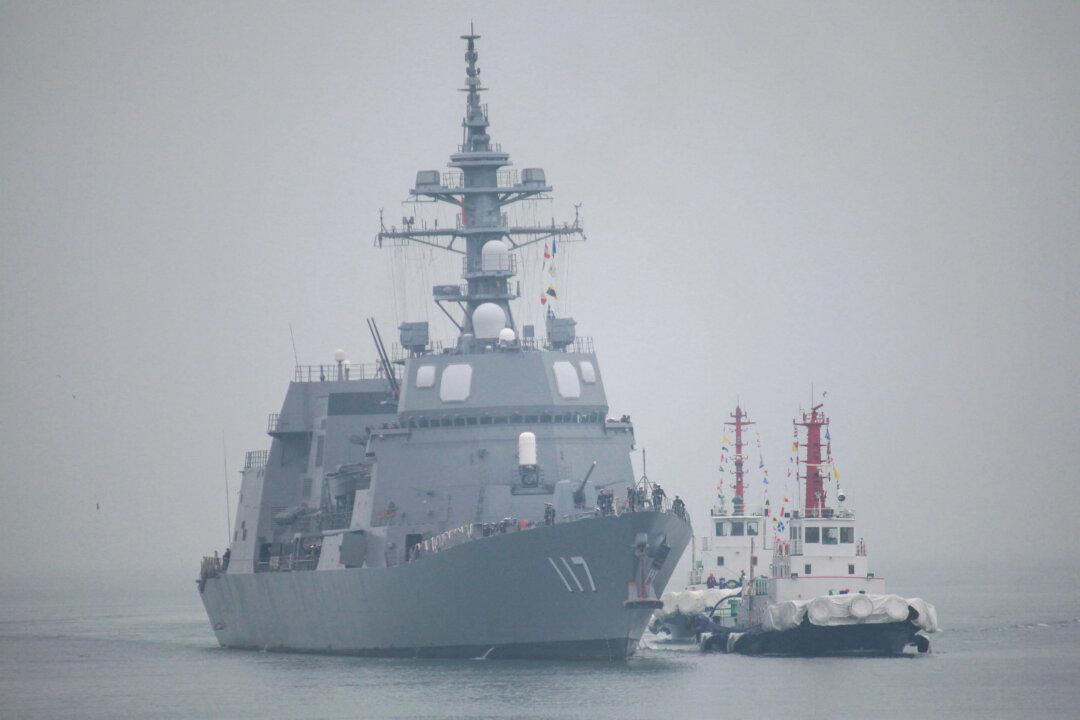Commentary
This week, China’s military propagandists are going into high gear, using the 70th anniversary of the People’s Liberation Army (PLA) Navy to hail it as a force for peace.

This week, China’s military propagandists are going into high gear, using the 70th anniversary of the People’s Liberation Army (PLA) Navy to hail it as a force for peace.